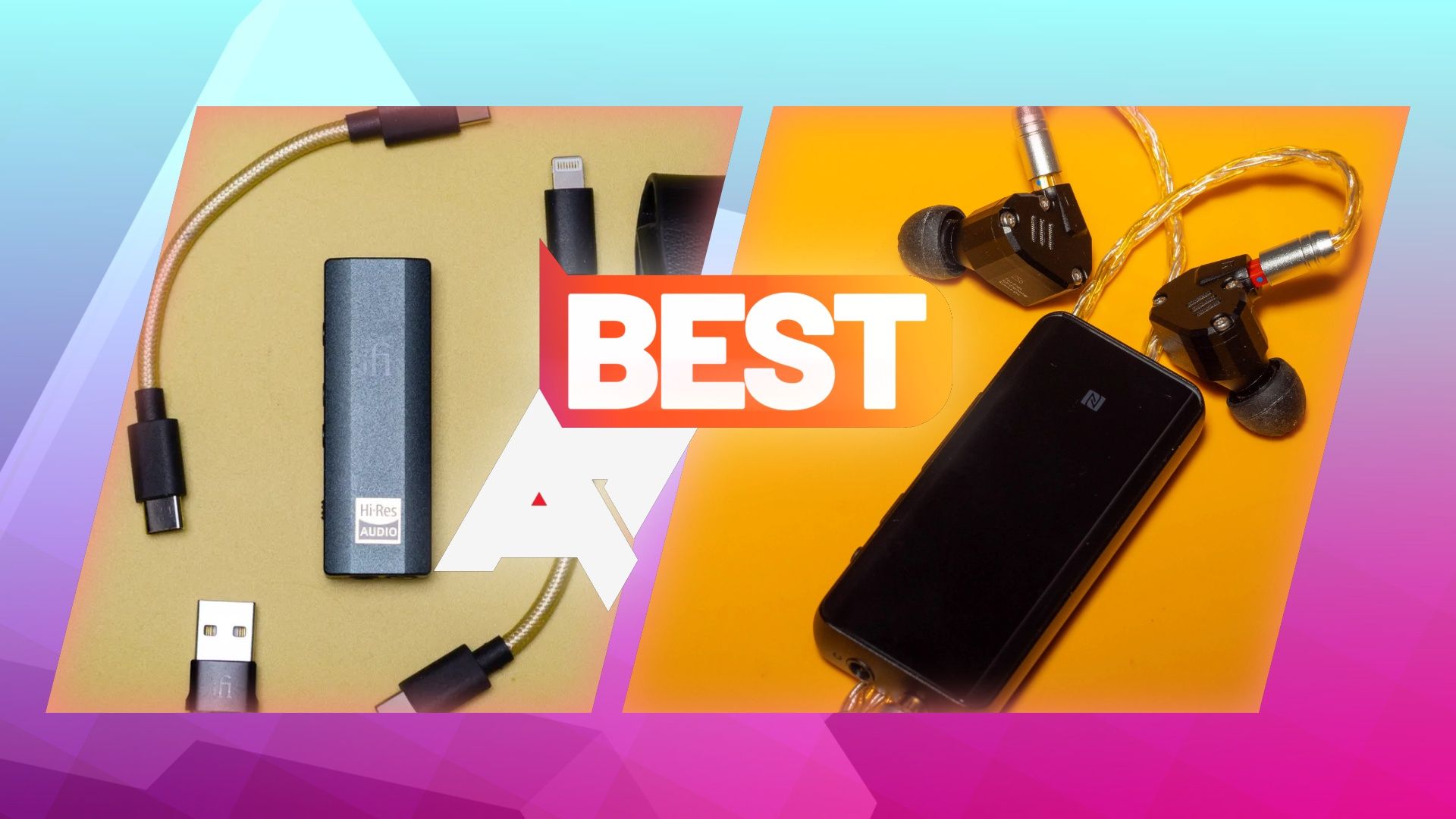If you’ve ever explored audiophilia, you may have found many confusing acronyms and terms used to describe the equipment. We help you make sense of the basic terms you’ll run into as you explore the scene. Grab a nice set of earbuds and get ready to start your audiophile journey.
A primer on digital audio recording
Before you start, it helps to understand how sound goes from vibrations to a collection of ones and zeros on your smartphone. Those vibrations cause minute electrical changes in a microphone, producing an analog electrical signal.
This analog signal is processed by hardware called the analog-to-digital converter (ADC). The ADC samples the incoming signal thousands of times per second and records the intensity of the sound. These two metrics, known as sample rate and bit depth, are the primary determinants of the quality of recorded audio. CD audio, for example, is recorded at 44.1kHz with a 16-bit resolution.
Why a DAC is necessary
The DAC (digital-to-analog converter) does what the ADC does but in reverse. It’s impossible to perfectly recreate the original sound because some of the original data is lost when converting an analog signal to a digital one. However, a high-quality DAC brings you closer than you can get with your phone alone.
Why would you want an external DAC when your phone has one? Android locks in its audio output at 48kHz, which is the sample rate for broadcast television and DVD. When playing a song you ripped from your CD, Android upsamples the song from its original 44.1kHz sample rate to 48kHz. Likewise, when playing a FLAC file with 24-bit/192kHz audio, Android downsamples it to 48kHz. An external DAC bypasses that hardware limitation.
To use a DAC, plug it into your USB port. This is the only way to get a high enough data rate from the phone.
Use an amp to improve your volume
To understand why you might need an amp, you need to understand the general idea behind speakers. After converting the signal from digital to analog, it is sent to the speaker, where a metal coil moves in concert with the signal. How much it moves is governed by the power of the signal, which determines the volume at which it is played. That’s where an amplifier comes in.
The amplifier, commonly referred to as an amp, boosts the power of the signal to your headphones or speakers. This could be important when playing music from your phone on your home audio system or when using a DAC that doesn’t have a built-in amp. Amplifiers aren’t an essential buy for everyone. Still, if you aren’t getting enough volume, you might need an amp.
What is a DAP, and how does it differ from a DAC or Amp?
A DAP is a digital audio player. DAPs have been around in some form since the days of the Zune and iPod. Today’s DAPs are more sophisticated and are made almost exclusively to cater to the audiophile market. Whereas Android phones are locked into 48kHz playback, DAPs typically let you play back at almost any rate, from 44.1kHz of CD audio to 192kHz of high-resolution audio. DAPs also support more audio formats than your typical Android phone, especially lossless formats like FLAC.
Jump down the audiophile rabbit hole
If you’re new to audiophilia, you might wonder whether you’re missing out on a world of sonic bliss. You don’t have to spend hundreds of dollars on high-end audio equipment for your smartphone. None of this equipment is necessary if you have a decent set of headphones.
To accurately record a sound without distortion, the sample rate must be at least twice that of the sound. Humans can hear in a range from 20Hz to 20kHz. Most people can’t hear the difference between CD audio and hi-res audio. If you want to try it out, read our guide on how to listen to lossless tracks on Apple Music.




.jpg)

